On a hot June afternoon in Gulf Shores, Alabama, a 2004 Cirrus SR22—registration N432CD—lined up on Runway 27 for its first flight after an annual inspection. The plan was simple: a short hop to Destin, Florida. But as the pilot brought the power up, something felt wrong. The airplane just didn’t accelerate. He rejected the takeoff, turned off at a taxiway, and tried to nurse it back to the shop. Moments later, both main gear brakes overheated and caught fire on the ramp. He knocked down the right-gear flames with the onboard extinguisher, but the left side burned through, leaving substantial damage along the left fuselage and wing. Nobody was hurt, but the airplane was.
Who Was Flying
The pilot was a 37-year-old private pilot with an instrument rating. He reported 168 total hours, 145 of those in the SR22—so relatively new overall, but quite current in type. Over the previous 90 days he’d logged 47 hours, including 9 hours in the last 30 days. No commercial or instructor certificates, and he wasn’t flying for hire. Those details matter because they frame this event as a typical owner-pilot scenario: a competent, current aviator, not a test pilot, trusting a maintenance release and going flying. The pilot and aircraft facts were drawn from the pilot/aircraft information summaries and tables on pages 5–6 of the report.
The Backstory
Two months before the accident, after a landing at the same airport, the pilot had felt “soft” brakes. The maintenance shop bled the system and returned the airplane to service. On pickup, the airplane felt like it needed extra power to taxi. As he parked, the rudder/brake pedals “went to the floor.” The shop replaced piston O-rings and brake pads on both calipers. For the next ~21 flights, everything seemed fine. Then the airplane came back in for its annual inspection. The day before the accident, the shop again replaced both sets of brake pads and bled the system, noting “operational check good” and “no further defects.” That set the stage for the post-annual first flight.
The Takeoff That Wasn’t
Taxi started normally enough, but there were little tells. Data from the Avidyne Entegra showed power bumping above typical taxi guidance in spots—1,250 rpm to maintain about 15 knots, then 1,450 and even 1,500 rpm while groundspeed decayed as the airplane turned into the hold-short position. In a free-castering nosewheel airplane like the SR22, that can happen if brakes are dragging. The pilot lined up, applied takeoff power, and the airplane climbed to just 62 knots before the acceleration quit. He wisely aborted, exited at a taxiway, and tried to head back. That’s when braking effectiveness disappeared. He shut down, the airplane rolled to a stop, smoke appeared under the belly, and both main gear brakes ignited—right first, then left, according to his account on page 5.
Why the Brakes Overheated
This is where the report earns its keep. Cirrus SR22s in this serial range left the factory with organic brake linings (and the corresponding wheel/brake assemblies). Cirrus later issued a service bulletin that allowed upgrading to metallic linings—but that required upgrading the wheel and brake assemblies as a matched set. The accident airplane didn’t have the full upgrade. Instead, it had a mash-up: metallic brake linings installed in brake assemblies and wheels originally designed for organic linings. On top of that, the pistons in both calipers lacked the recessed cutouts for the thermal insulators used with metallic systems, and the right side used a thin aluminum shim in place of the OEM phenolic (insulative) shim specified for metallic setups. The brake discs themselves also weren’t right for metallic linings and were below the minimum thickness you’d pair with metallic pads. In short: incompatible parts, missing thermal insulation, and underspec discs—an invitation to heat soak.
The teardown photos and notes (pages 9–12) walk through the specifics. The brake housings showed signs of extreme heat—paint burned off and surfaces chalked. The left caliper was cracked with a piston partially extended. Both discs were identified as part number 164-01501—discs paired with organic linings—and both measured more than a tenth of an inch below the minimum thickness for the metallic-lining disc they should have had if the metallic conversion had been done correctly. That missing mass matters; the disc is the heat sink. Thinner disc, less heat capacity, faster temperature rise. Add the lack of piston insulators and a non-insulative shim on the right side, and you’ve got a system where heat flows straight into the caliper and fluid.
Did the Pilot Ride the Brakes?
That’s usually the first question with free-castering nosewheel airplanes: were the brakes dragged during taxi? The manufacturer’s guidance is to keep taxi power around 1,000 rpm on flat, hard surfaces and avoid using brakes to control speed without also reducing power. Data here showed taxi power trending above 1,000 rpm at times, which could raise an eyebrow, but the airport is flat and the NTSB concluded the recorded taxi profile didn’t indicate braking that would, by itself, require excessive brake use. The bigger culprit was the hardware. The brake system as installed simply couldn’t shed the heat it was generating, and the parts combination made heat transfer into the calipers much more likely. Once the temperature got high enough, seals softened, braking faded, and fire followed.
Probable Cause—In Plain Language
The NTSB called it: improper maintenance of the brake system. Metallic linings were installed without the matching metallic-system components: no piston insulators, a non-insulative (and thinner) housing shim on one side, and discs that were the wrong part family and too thin for the energy load metallic linings bring. That configuration greatly increased the probability of overheating and likely led to the brake fire. This wasn’t a freak failure in normal service; it was a system assembled in a way that made thermal runaway a predictable risk.
Human Factors and Maintenance Culture
There’s a human element here on both sides of the cowling. On the pilot side, we’ve got a conscientious owner who noticed brake issues months earlier and sought maintenance. He accepted the airplane after a fix, flew it successfully for weeks, and then did the right thing by bringing it back for the annual. On the maintenance side, you can see a shop that corrected symptoms (bleeding, replacing pads) without aligning the system to a single, approved configuration. That’s the trap: SR22 brakes come in two flavors—organic and metallic—and the parts are not interchangeable. Mixing them can “work” until it doesn’t.
For pilots, the actionable human factor is to verify major component configurations after maintenance—especially when it’s not just a like-for-like replacement. If your airplane started life with organic linings, and a mechanic mentions “metallic pads,” that should trigger a deeper question: “Are we doing the full SB to convert the wheel and brake assemblies?” For mechanics, the lesson is to follow the TSO-qualified setup and the service bulletin to the letter. Metallic pads aren’t just a parts swap; they’re a system change.
Operational Takeaways for SR2X Flyers
Three practical notes for any free-castering Cirrus driver:
- Taxi discipline still matters. Keep power near 1,000 rpm on flat pavement, use intermittent toe taps for directional control, and don’t manage speed with brakes while leaving power in. The data here didn’t indict the pilot’s taxi technique, but normal taxi habits can still cook marginal brakes.
- Post-maintenance first flights deserve extra attention. If something feels “draggy” on taxi—needing more power than usual to roll—stop and sort it before takeoff. A brake check during the roll should never be necessary, but your feet can sense asymmetry and drag early.
- Know your brake configuration. Organic vs. metallic isn’t a subtle difference. If your serial range left the factory with organics and you’re told it has metallic linings now, confirm the wheel part numbers, disc part numbers, presence of piston insulators, and the correct insulative shims. The diagram and parts callouts summarized on pages 10–12 make a handy checklist.
Why This Matters Beyond One SR22
Brake fires are rare, but they’re high-energy events around fuel, composites, and wheel pants. In composite airframes especially, they can escalate fast. A properly configured brake system buys time and margin; an improperly configured one becomes unforgiving. This accident underscores how mixing PMA parts across TSO-qualified assemblies—without the full conversion—can erase the safety margin designed into the system.
The Bottom Line
This mishap wasn’t about a pilot abusing the brakes. It was about a brake system built from mismatched components that couldn’t handle normal operational heat. The pilot recognized the performance anomaly, rejected the takeoff, and got the airplane stopped—a good call. But by then, the thermal debt was already due. The key prevention point lived in the maintenance hangar: keep the brake system in one approved configuration, and when you upgrade, upgrade the whole system, not just the pads.

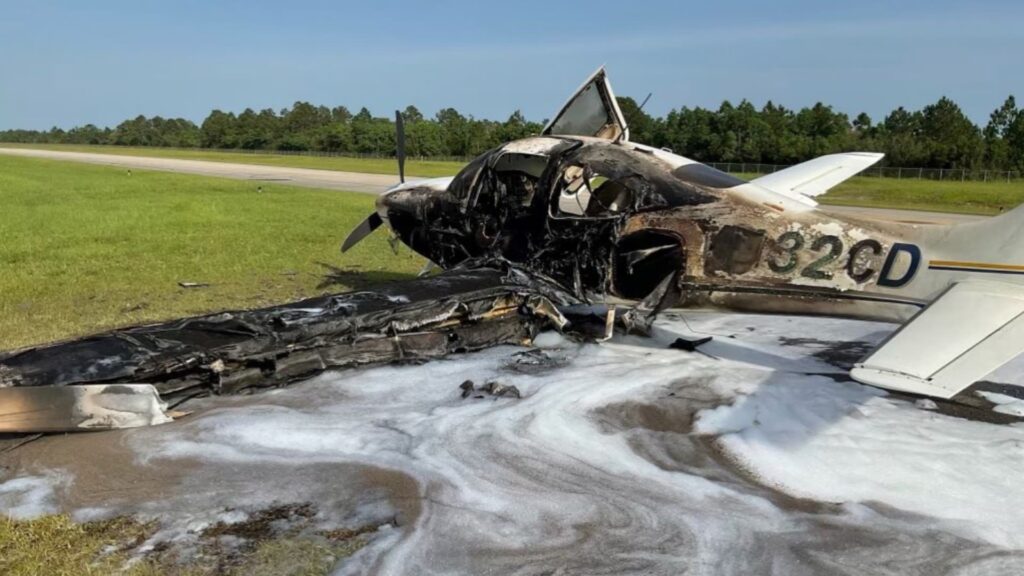



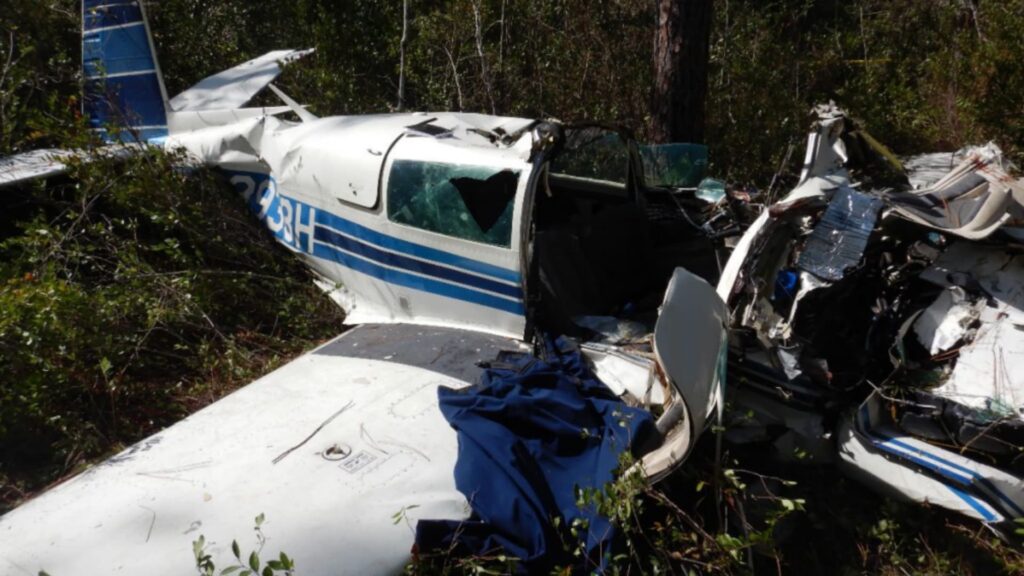
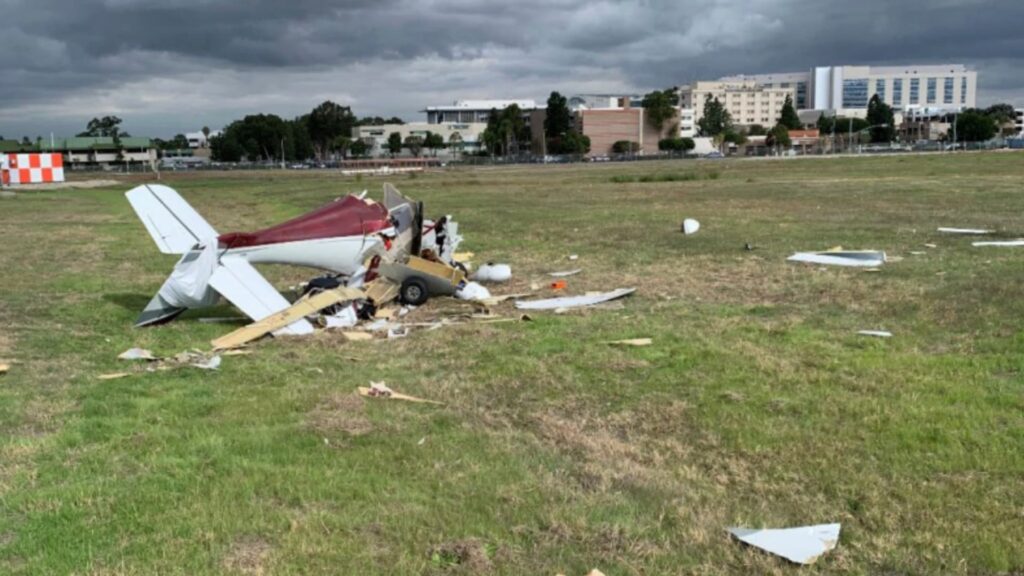
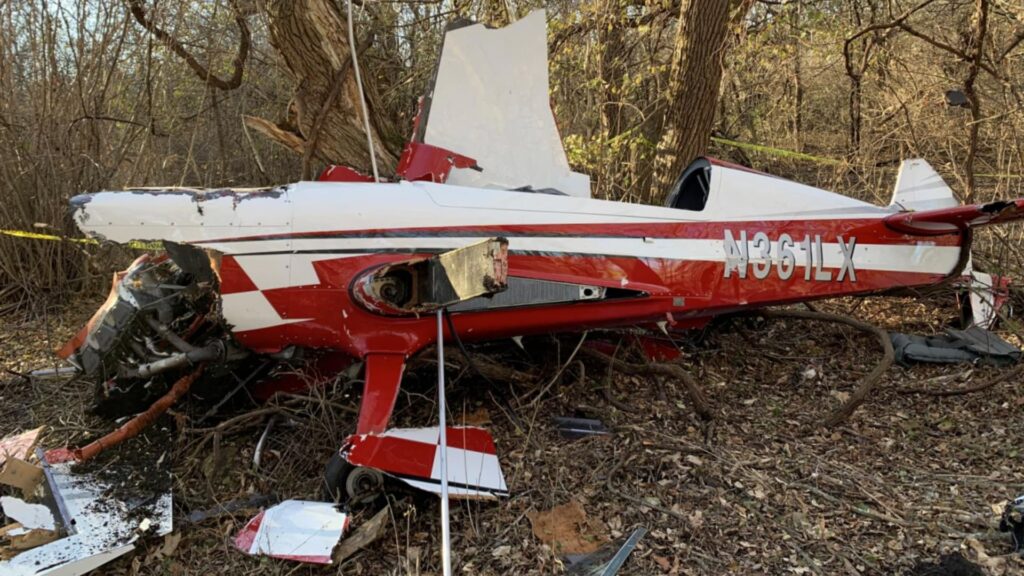
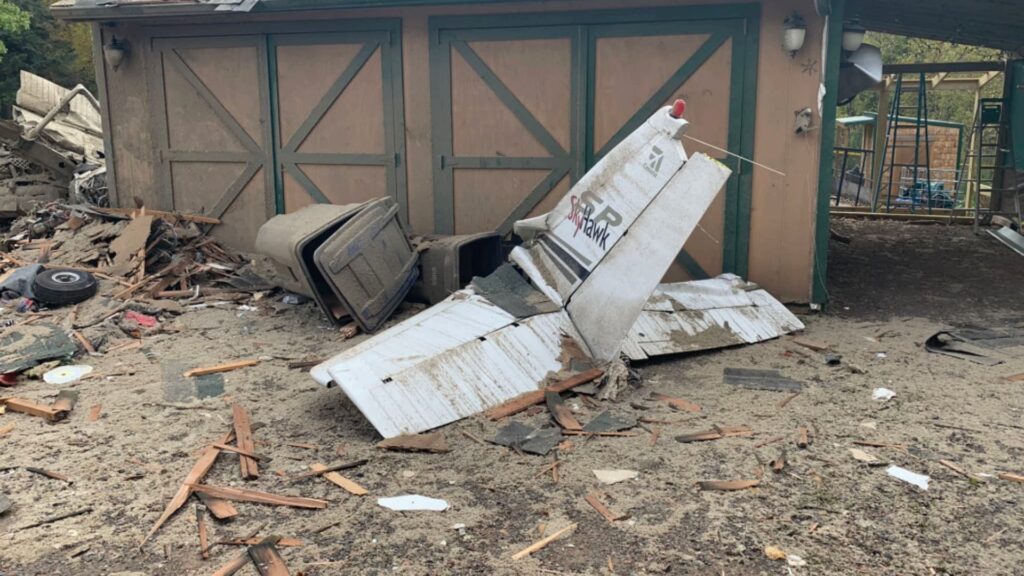
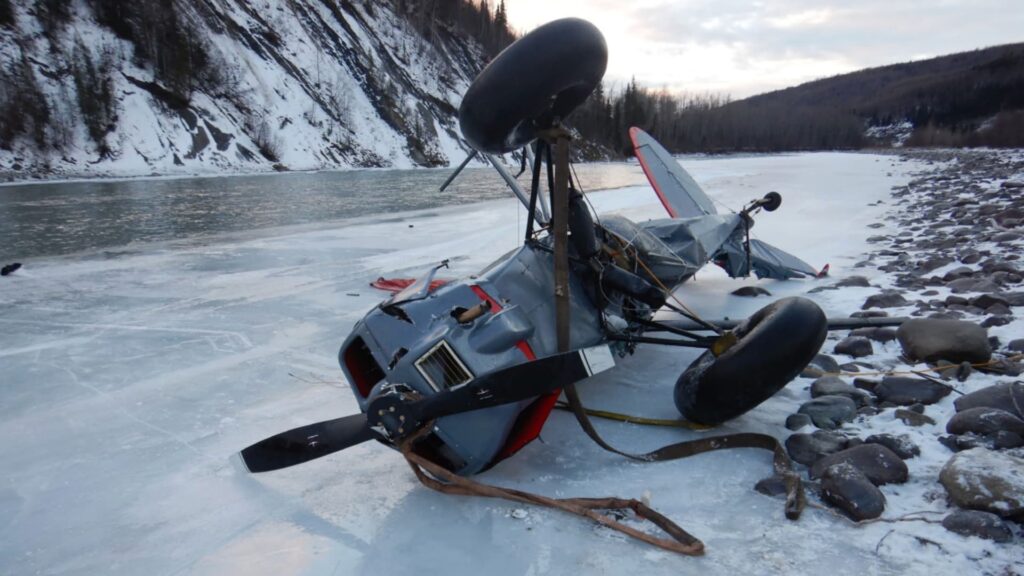
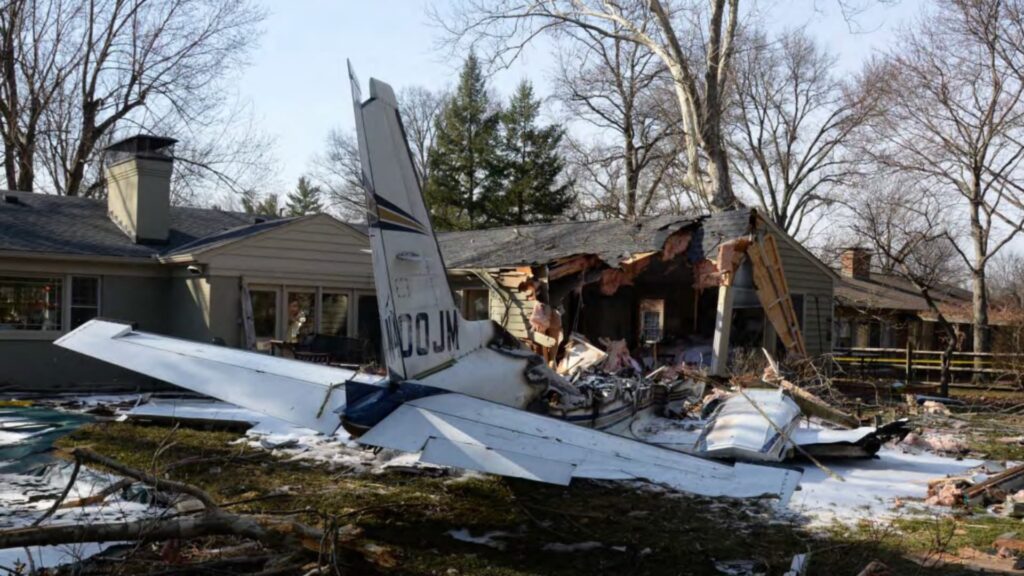
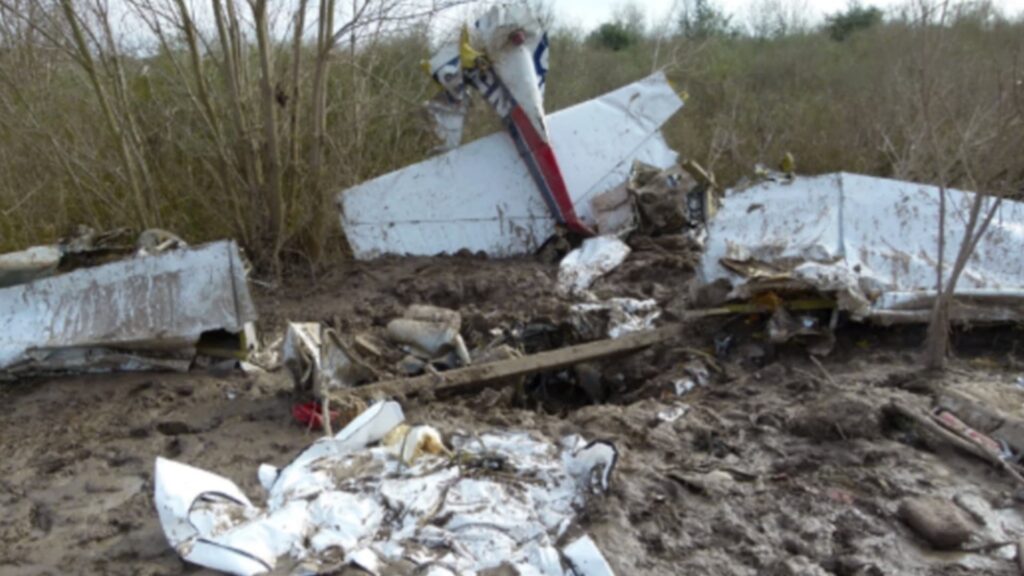

6 Comments
We’ll probably never know, but the maintenance facility should buy the owner a new airplane.
Do the NTSB take action against a maintenance firm after a mistake like that? It’s lucky there were no fatalities from a fire midair? I bet the owner of the aircraft had some choice words for them, as he looked for another company to service his plane!
You neglect the obvious in your analysis. An improper and illegal annual inspection. All of these defects should have been exposed and rectified during said inspection, let alone the earlier “corrected” defects. The pilot is way too inexperienced to be an overseer of the inspections; good that he used maintenance resources earlier and had the sense to abort, but the maintenance outfit itself as well as the mechanics involved should lose their certificates.
Ouch! Looking for the maintenance person who signed off on this. It’s tough to visually check unless an obvious one in this case and excess taxi power may be your only clue for dragging pads which could come too late.
Good morning Hoover,
I had run across a couple of your debriefs on another website. In one of the debriefs, you were talking about your qualifications, F-18 driver, were you Navy or Marine Corp? How far had you gone up the promotion ladder? I’m a P-3a, b, c, Flight Engineer. My years were 1976 to 1991. I attended FE school in Jacksonville, FL at VP-30, the East Coast training squadron. I excelled in the training program once I got back to my home squadron, VP-8. I retired as Chief petty officer. I fly RC planes now. Are you anywhere near Woodbine, Ga?
Dave Murphy
It’s clear , the maintenance made a mistake ! But I think the pilot was riding the brakes to control the taxi speed , instead controlling the taxi speed by thrust ! Brakes only for turns and stops.